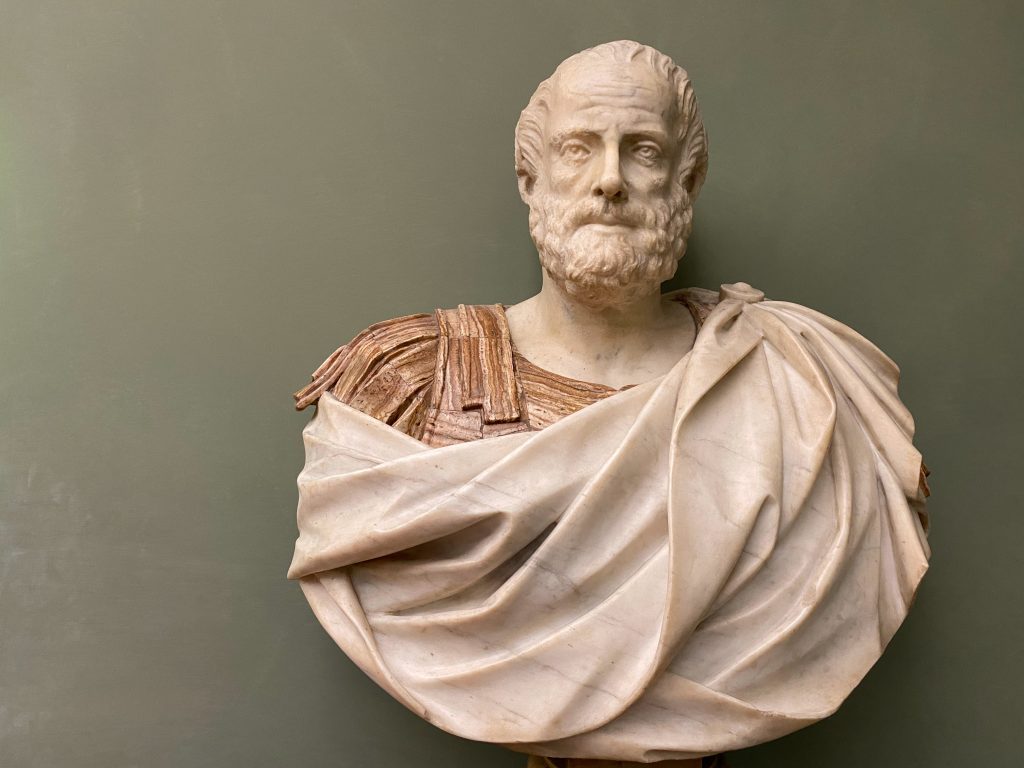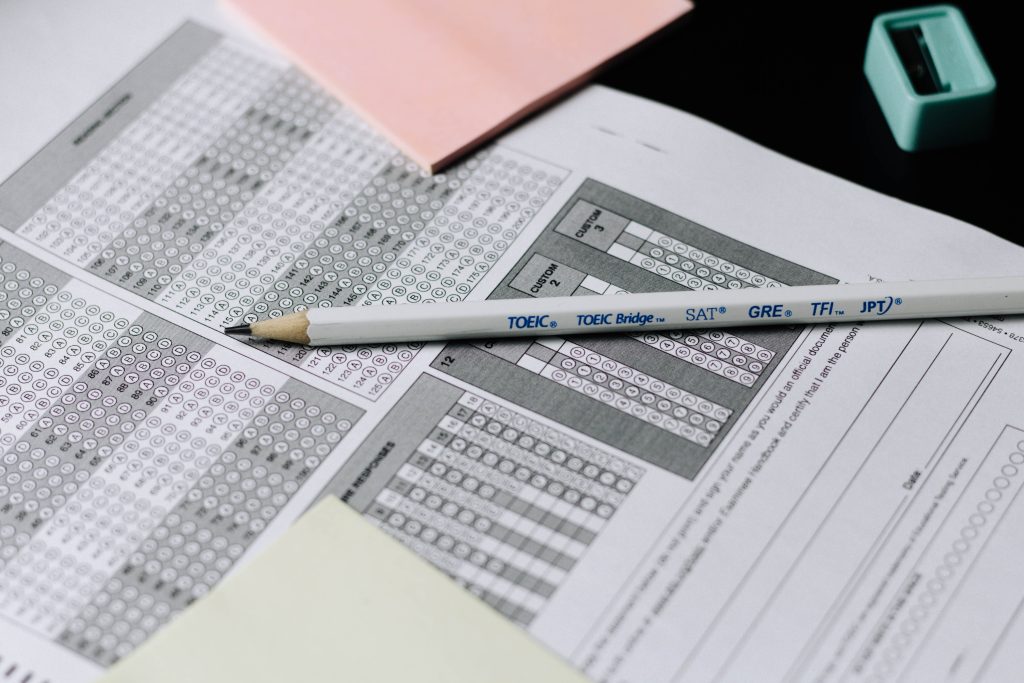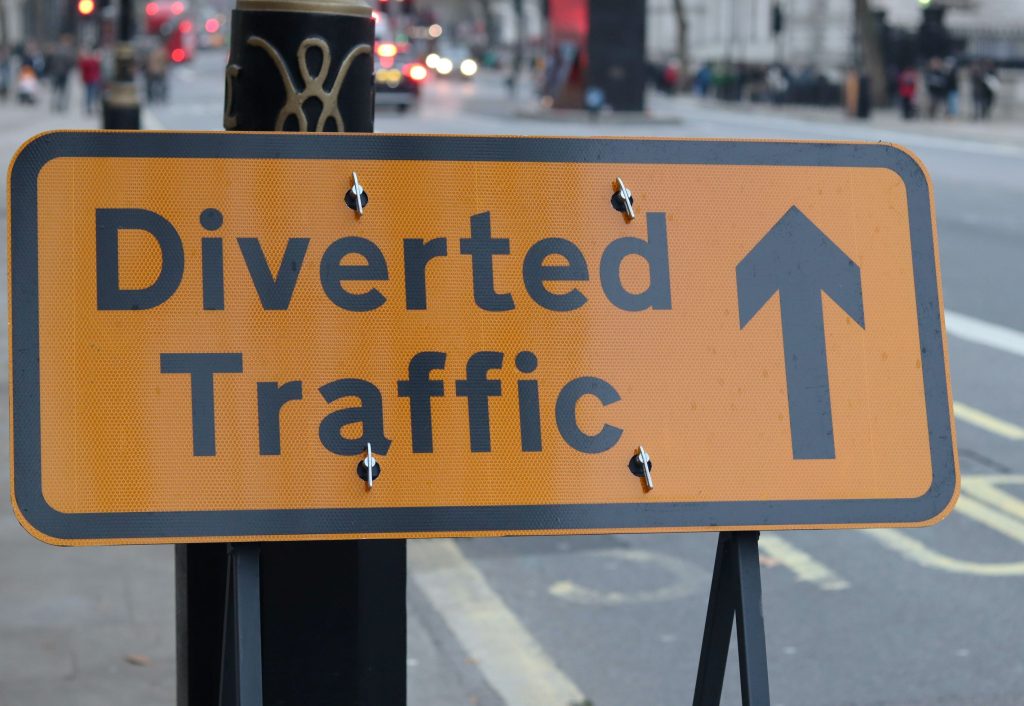16 Invaluable tips on how to learn anything

This is going to be a guide on learning. I will cover a few things that will make you become more able to learn quickly to enrich your mind more efficiently and to experiment with self learning.
How to learn – why do we need a guide on how to learn?
We need guides on almost everything, rather we should have guides on almost everything; what I mean by this is that we are perfectly capable of learning but we are often doing this unconsciously.
Sometimes in school, or at home, we are “taught” how to learn.
Whilst it is true that we do learn things at school it seems to be more by brute force rather than by skill.
What I mean by this is two hours of learning will perhaps benefit you the same amount as 20 minutes of “deep learning“ will give you.
I am partially blaming schools here and I say partially because deep learning is quite difficult to do en masse. This is because it is a targeted activity and is quite specific to the person doing it, as you can imagine this starts to break down the more people you have in the classroom.
1. languages:

I can’t speak amazingly on the subject of languages. If we are talking about a secondary language then I think that using an app called Duolingo is the best way to go in my opinion. This is because it is a free app you can learn many different languages on it and it gamifies learning. In terms of English language i.e. my first language I think the best thing to do is to read and to consume audiobooks ideally by a UK speaker who is a UK narrator, this is to avoid picking up any American pronunciations. Pronunciation aside, vocabulary and cadence is still something you can most certainly learn from non-UK speakers who narrate in English.
2. Sciences:

Science, the best way to learn science is to understand it-please do not memorise science and kid yourself into thinking you understand it. You may remember what has been said but if you can’t understand what has been said then you will very quickly impede your progress in learning.
If I use calculus as an example: If you memorise the formula for integrating a curve, you will usually be able to integrate a curve, what you will probably struggle with is applying that formula to curves you haven’t seen before or real world problems that make use of integration.If you remember something you naturally will most likely forget it at some point, if you understand something it is much harder to then to not understand it again.
Whether it be maths, physics, chemistry or biology. It is always important to test your knowledge to apply your knowledge by taking tests and answering questions these questions are usually that piece of knowledge bundled up in an unfamiliar wrapping if you can’t answer the question correctly this usually shows that you have understood the concept that you have memorised and you can apply it in situations where the concept is used. If you have just memorised it then this unfamiliar wrapping will fool you and you will be stuck.
3. Humanities:

Humanities, when I speak of humanities I talk of history, art, literature, philosophy et cetera. Now I am no expert on humanities but I think the best way to learn humanities is to experience it via storytelling. What do I mean by storytelling? I mean that if you are learning about the Mongol empire then you should hear about stories surrounding the Mongol empire, you should engage yourself and immerse yourself in videos and maps and museums. In this example, you are not only learning about the history you are experiencing the history and the difference that this makes is between you being told a story I’m trying to remember it versus you partially living the story through seeing diagrammatic representations of the battlefields seeing spearheads that we used on the weapons seeing the dress that they would wear and understanding the people involved what their motives were. All of a sudden you are not just remembering a story you are remembering a piece of the past that you have more than one tie to.
4. Physical – sports, music, gaming.

I’m going to keep this one short and sweet but I think that whatever it is you need somebody teaching you so you can not double down on your mistakes, because they will be much more difficult to untangle The more you practise them, for the same reason that it is hard to forget riding a bike.
Speaking of riding a bike things that are done automatically, things that are motor movements are things that the body likes to improve upon and become more efficient at.Without going into pages of scientific detail the body does this by trimming back the edges of neurons in your brain which allow for a precise movement, the longer you practice the more your brain can trim the hedges and make this movement more reliable and efficient unless luck based and more skill based.
4. Spaced repetition:

Spaced repetition Is an excellent tool for learning. This is exactly what it says on the tin – this is revisiting the same question topic material over a period of time to make the memory stronger. There was a lot of research done on this by a psychologist called Ebbinghaus, he pioneered research in this field and came up with the “ forgetting curve“. The forgetting curve describes how we forget information as a function of time, that is we forget a significant amount of information in the first 24 hours after learning about the material, we have little loss in retention if we still remember the information months after we have learned about it.
The trick is to revisit the information that you forget, this allows it to become information that degrades more slowly.
There is some research into how often you should revisit the material, the more familiar you are with the material the less frequently you should revise it.
5. Active recall:

Active recall, this is perhaps the greatest downfall of human memory and learning. With the advent of handheld electronic devices which are smart, we now have no reason to remember information. If I want to know the answer to something I don’t have to think about it and take it out of my memory, all I have to do is search for it on the Internet-this weakens the memory in my brain, and strengthens the efficiency at which I can Internet search things.
Four for active recall it is important to understand how you retrieve memories, you retrieve memories by finding something that is associated with that memory. this is why it is quite common practice for you to see verbal facts such as he had grey hair, he was always falling asleep in class, he had a moustache, he taught Latin, I think his name begin with a B…These are all hooks you use when trying to remember the name of your old school teacher from years ago. You haven’t forgotten his name, the associations have just become less potentiated (less easily triggered).
Once you do remember the name, you will come to reach that name much more readily in the future.
So when you have tip-of-the-tongue (Presque vu) syndrome you should do your damnedest to retrieve it.
But now, we just do a few internet searches and out memory falls ever further away…
Use it or lose it.
The best way to do this in practice is flash cards; create questions on the material to force you to retrieve the information.
Pair this with spaced repetition and you’re onto a winner
See: Ankiweb
6. Rereading:

This is arguably the most commonly used method, the old “trying to remember the 4 digit order number at a takeaway when the receipt printer has broken” method.
This is the crudest way of memorising something, but effective nonetheless – I used this method to learn 200 digits of pi, but that’s another story.
Why is rereading bad? – it’s clunky and takes time, it’s monotonous and dull. It works, but it’s super painful.
Rereading is perhaps the students’ dullest learning tool, it’s about as efficient as trying to warm up an F1 car’s tyres with a cigarette lighter pre-race.
Active recall and spaced repetition are like doing that swervy driving.
7. Feynman technique:

This isn’t a memorising technique per se, it’s more of an “understanding” technique, but as they say – “if you understand something, you don’t have to remember it!”
The Feynman technique might be more familiar to you than you first realise…
Firstly, it was named after Richard P. Feynman – one of the greatest physics professors of the last century.
If you still are not certain what this is:
Those kids that ask you “why is play-doh mushy?” and somehow you end up at the Big Bang because they ask the question “Why?” In an infinite regression kind of way.
Yeah, now do this to yourself with your topic of choosing, what you stumble at you learn about.
There is another part to the Feynman technique, this is what it is mainly known for and is where the subreddit “r/ELI5” was inspired. Explain Like I’m Five – you’ve got to be able to explain this topic to a 5 year old, although I don’t particularly like this because this forces you to use analogy and analogy is often imprecise.
Whilst it is good to get a better abstract and holistic understanding of the material, I believe the asking “why?” Submethod to be much more effective.
8. The Pareto distribution:

Recently popularised by our beloved controversial Canadian clinical psychologist – Dr. Jordan B. Peterson, this is a more a philosophical way of approaching learning material;
Have you ever finished a book and thought to yourself something along the lines: “Why was that 350 pages? It could’ve been 25 pages and still given me the same value.”
80% of the value comes from 20% of the material.
Loosely applicable to many areas of life as a rule of thumb.
In this instance we are saying that you need to choose your material carefully.
Don’t get me started on highlighting as revision, but highlighting borrows this philosophy (albeit inadvertently) by selecting the most useful and information dense/rich pieces of text to take precedence over the reams of filler words.
Don’t get me wrong – filler words are needed to link the rich nuggets of flash card pay dirt. But they are unnecessary to memorise.
9. Memory palaces:

This method is one I haven’t quite been able to fully explore, as I think it is more useful for party tricks and/or memory feats.
I don’t think the memory palace is a great way of learning, this is why it is not a “learning palace”
It’s based on the premise that the human brain has evolved to remember Visuo-spatial data the most readily.
You pick a “palace” like your house, then you make a list of things to remember and you make a journey through the house stopping off at each item.
For eg.
Front door – cottage made of cheese.
Hallway – 3 human sized salmon, smoking.
Bathroom – a giant jar of pickles not allowing you entry.
Kitchen – a flock of strawberries flying around the room.
Etc etc
You get to the shop and remember the path you took through the place and each visual object should trigger a memory.
- if you are aphantasic, then i’m sure you can appreciate why this is a particularly unhelpful method…
10. Mnemonics:
This is the method that most people remember the colours of the rainbow with
“ROYGBIV” , you may know it simply as “Richard Of York Gave Battle In Vain”.
Useful. other than that, I can’t really speak for it (as I’ve had little use for it)
11. Mind maps

Mind maps are great ways of visualising data and how it links together in a sort of genealogical tree-like fashion.
Learning types such as “visual” and “kinaesthetic” are greatly contested and the data on them is mixed.
The nutshell is: if it works better for you then do it!
I comprehend information much more easily when I hear it spoken rather than read it.
But I may naturally retain more “read” information because I’ve spent that little extra time reading the words.
To remedy this, all you have to do is note down what you hear and try to recall it.
12. Sources for self study:
Khan academy
Crash course
Sci show
Duolingo
PBS eons, space, deep look etc
Coursera
MIT OC
EdX
Audible
Prof Leonard
Walter Lewin
13. Deep, wide and hybrid learning:

Deep learning is when you learn a single topic in great detail to an advanced level. For example doing a masters degree in existential philosophy.
Wide learning is when you read a lot of surface level information on either a single subject or a variety of different subjects. For example Reading a crash course book/introduction to general philosophy.
Hybrid learning is when you deeply focus on one niche, and learn a little bit about a lot of other things to try and stay rounded.
A lot of people these days try to become Renaissance people, that being people who are experts in multiple disciplines. Whilst this is commendable, it is not usually sustainable or realistic for most people.
Renaissance figures of the past were what we call wide learners – people with vast amounts of general knowledge in lots of areas, granted they would also have deep understanding in one area or more. However, the further you go back in time the more abundant these renaissance people are, because knowledge wasn’t as deep then.
To be an expert on astronomy in 1650 would require you to understand much less in the way of complex equations, physics and technical equipment than it would in the modern day.
I do not want to put down the intelligence of people in science in the past, but today the average 10 year old More than likely greatly surpasses anyone’s knowledge in 1650.
We are at a crossroads in Renaissance culture; in the past it was easy to know a lot about everything, in the future we will probably be able to download knowledge at the click of a button.In current times however we have more information than the past and less technology than the future, this means if you want to be a Renaissance person you have to perhaps put more effort into it then Leonardo da Vinci did.
14. Pomodoro:

Probably in my top 3 most useful methods of being productive the pomodoro technique utilises time by chunking it and breaking it up into bite size pieces; a pomodoro, classically, is a 25 minute study/focus/deep work chunk followed by a 5 minute break.
On my 3rd pomodoro i like to take a 30 minute break (a typical tv episode length in place of pomodoro 4)
This allows a 3hr study session to become 150 minutes of focused work, which sounds intense until you realise 1 hour of that is relaxing. Breaks are essential for recharging – listen to your body and adapt your pomodoro routine to your brain’s study-recharge rhythm (pomodoros can be 25/5, 10/5, 30/10, 15/5).
Note: when creating your own pomodoro it is important not to disturb the balance of time too much and end up burnt out or doing too little…for example 45/5 would have me losing steam quite quickly, 25/25 is okay but i’d find it to be a tad too much break time.
Also, make sure your cycles aren’t too short: 5/2 is an awful pomodoro because every 5 minutes you’re stopping your momentum to “rest”. This pomodoro style is the studying equivalent of hitting snooze because you don’t really want to start.
15. Task switching:

Variety is the spice of life, and your brain’s little study warrior thinks so too –
If you want to boost retention and stave off boredom then it is important to change lanes and keep the material fresh-
If you’re studying circuits in physics, switch to plant biology, or better yet – switch to WW2 politics.
As a general rule of thumb you want to switch to another discipline – Arts & Humanities -> STEM subjects and vice versa.
If you study similar subjects – Maths, Physics and Chemistry then try to switch to concepts that are visually different;
Don’t study aromatic chemistry after doing circuits in physics because aromatic molecules (to me) kinda look like circuits, go for something like periodicity.
Likewise, if you’re studying Business and Economics then studying sole traders and then microeconomics might not be the best pairing.
I think you get the picture…
16. The learning pyramid and “learning types”:

I might cause a bit of conflict with what I say now…There are no studies (to date) showing that learning types are real.
I myself learn more readily from graphics, infographics, diagrams and audiobooks.
But, that is a contradiction?
Nope, having ADHD means that I find text very boring to read, I have a fairly slow reading speed so I tend to drift off quite often.
You can’t lose comprehension with an image, and you can increase the speed of a narrator to match your fast paced content consumption needs.
Learning types, in my opinion, are just differences in the media in which people pay more or less attention to – just because I hate reading and practicals doesn’t mean I retain nothing, I’m just less stimulated and therefore don’t pay attention enough to benefit from that style of learning.
The Kernel of science – the Learning pyramid
What we DO know is that these different media have different retention rates between each other and NOT* between different people.
Naturally, the more (physiologically) engaging and complex the method is, the more processing is involved and therefore there are more opportunities to create/strengthen neural pathways.
***insert pyramid graphic here
*as far as my scientific knowledge is aware
Learning can be a pain to do, but so many of us have a curiosity to understand how and why the world works the way it does.
If you are neurodiverse – especially ADHD’ers, then you’re naturally going to have a difficult time focusing on something.
These are some ways you can leverage science in your favour.
Bonus: Why do we (especially ADHD’ers) have problems with learning?
In a (very small) nutshell, we have a deficit in working memory;
Short term memory is similar, but it is different to working memory. Short term memory comes in when someone tells you there’s a police speed trap up ahead. On average, we can hold about 7 things here at once.
Working memory is juggling the things in your short term memory, the working memory is the auditor who is figuring out what should be stored as a long term memory.
Long-term memory is memory that can be accessed a significant period of time after the event – for example: your friend’s bday party, it went into short-term, then working memory decided it was important to keep so it moved it into storage.
When you have a working memory deficit, you have a memory like a sieve – at least for the most part.
If you don’t stick with something for long enough then the brain decides it’s irrelevant and tosses it.
You remember things when they evoke strong emotions; if the event is stimulating your lizard brain, then it is usually handy to keep.
Boredom is usually a very low stimulation environment – which is why the contents of that latin vocab lesson in year 7 was forgotten.
If the room caught fire one day, then that is much more likely to stick in your mind than the boring A4 sheet in front of you (no offence latin).




